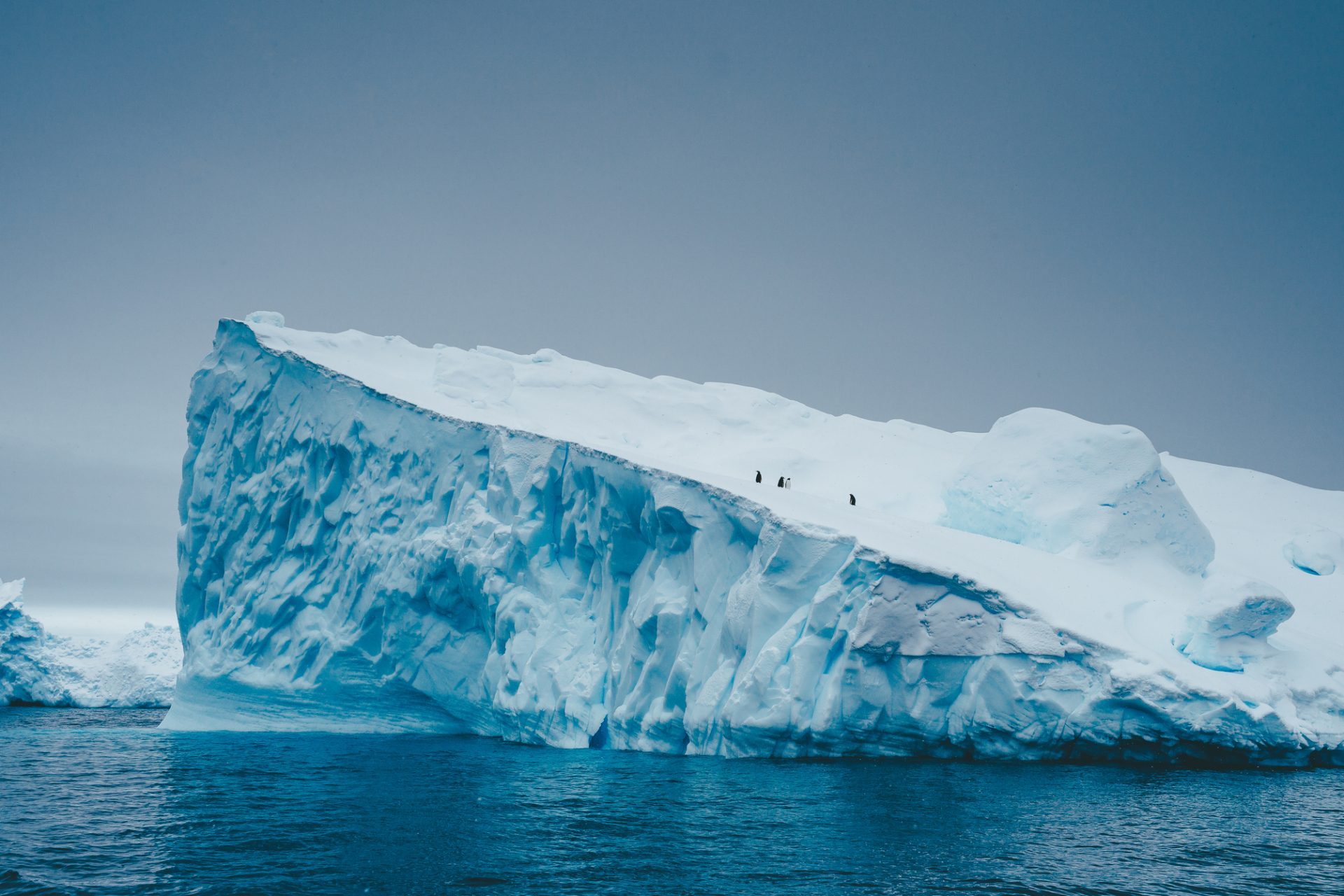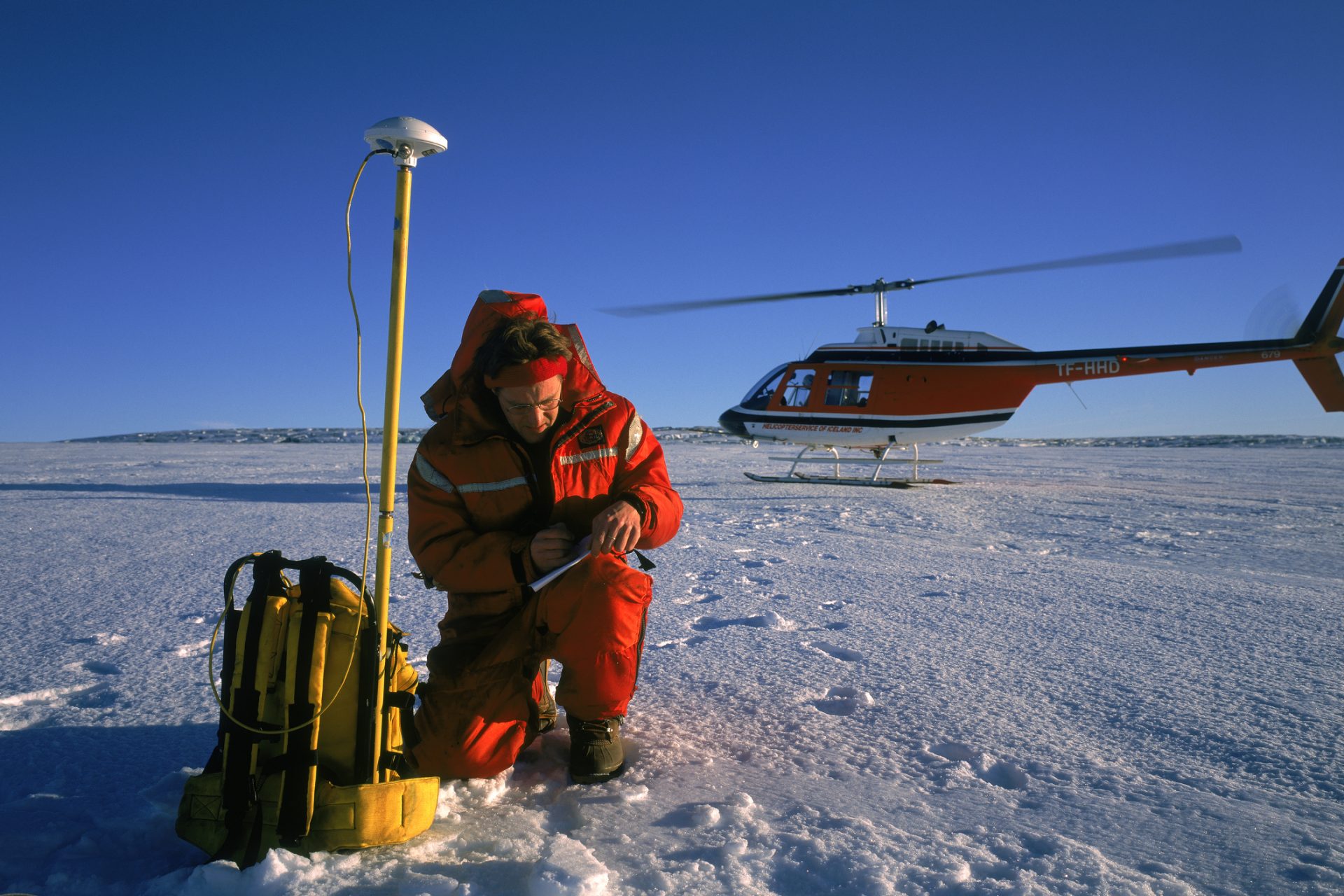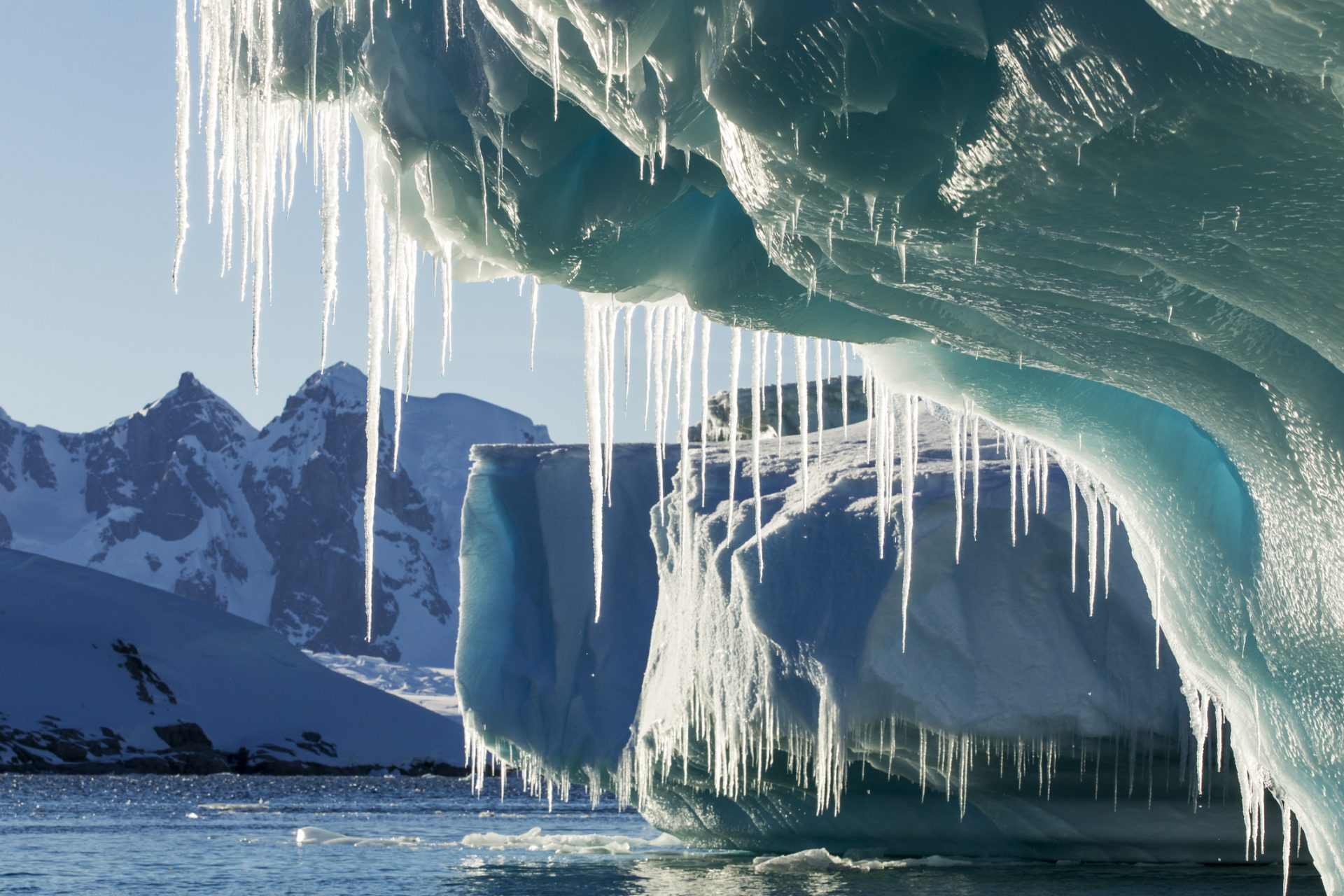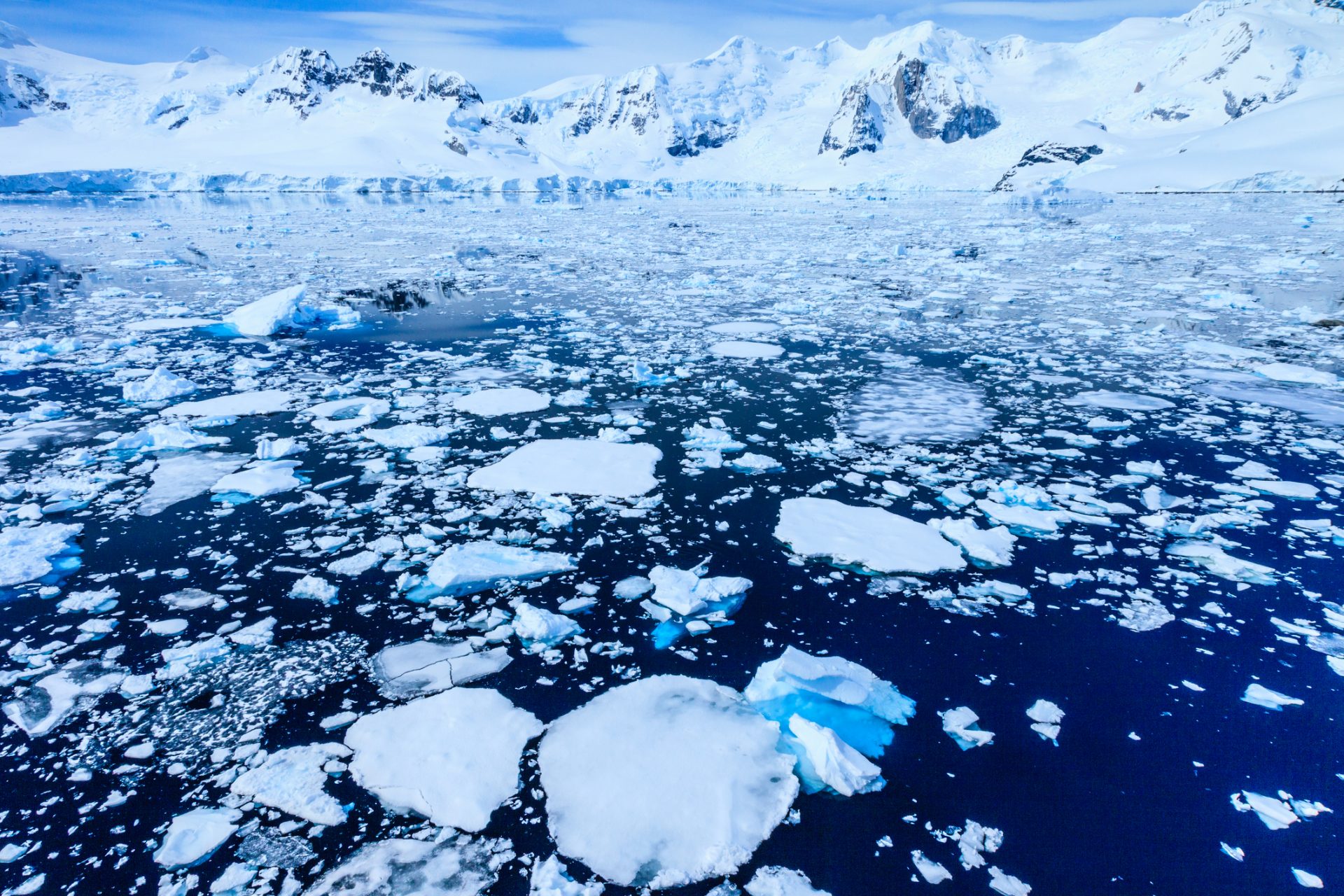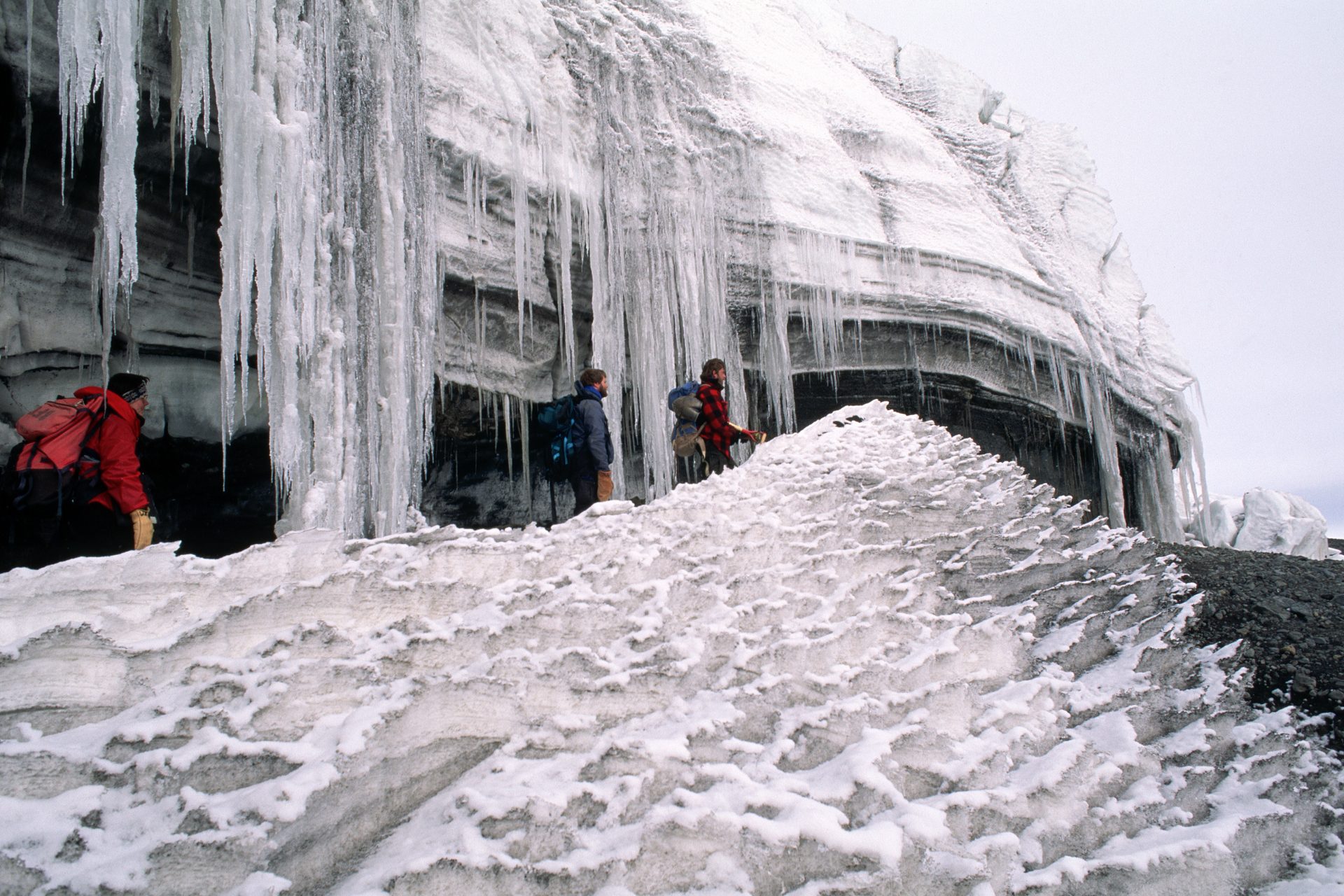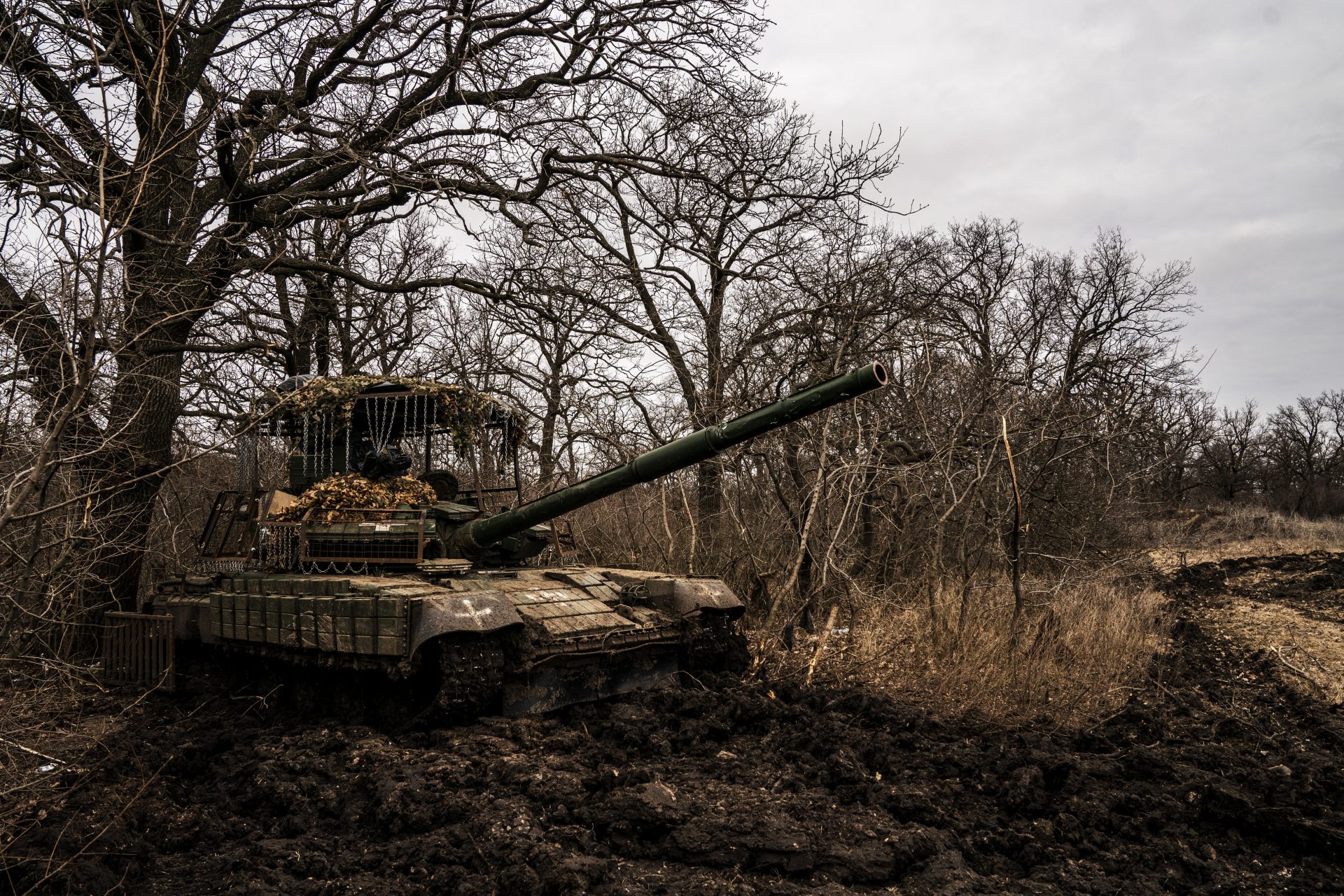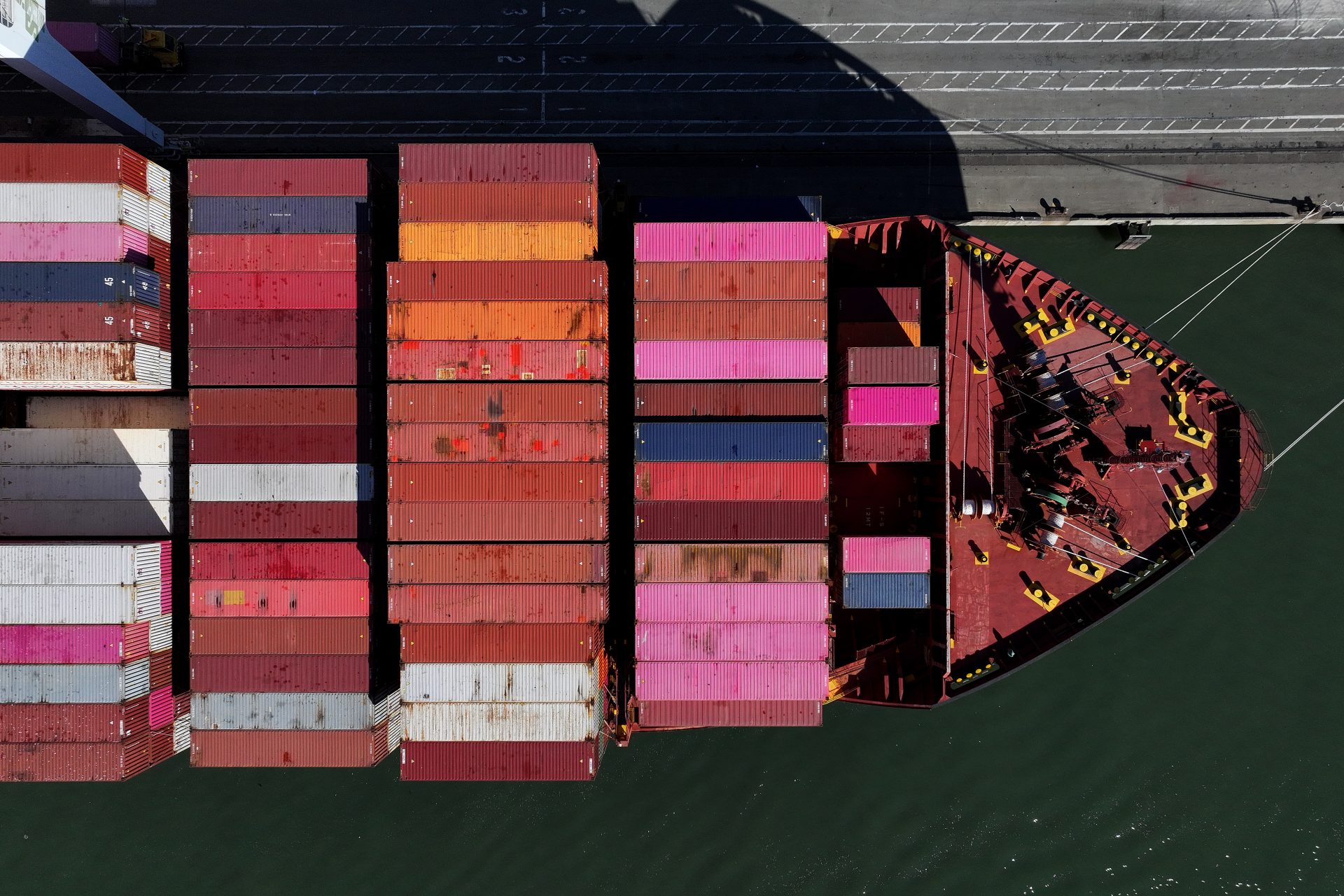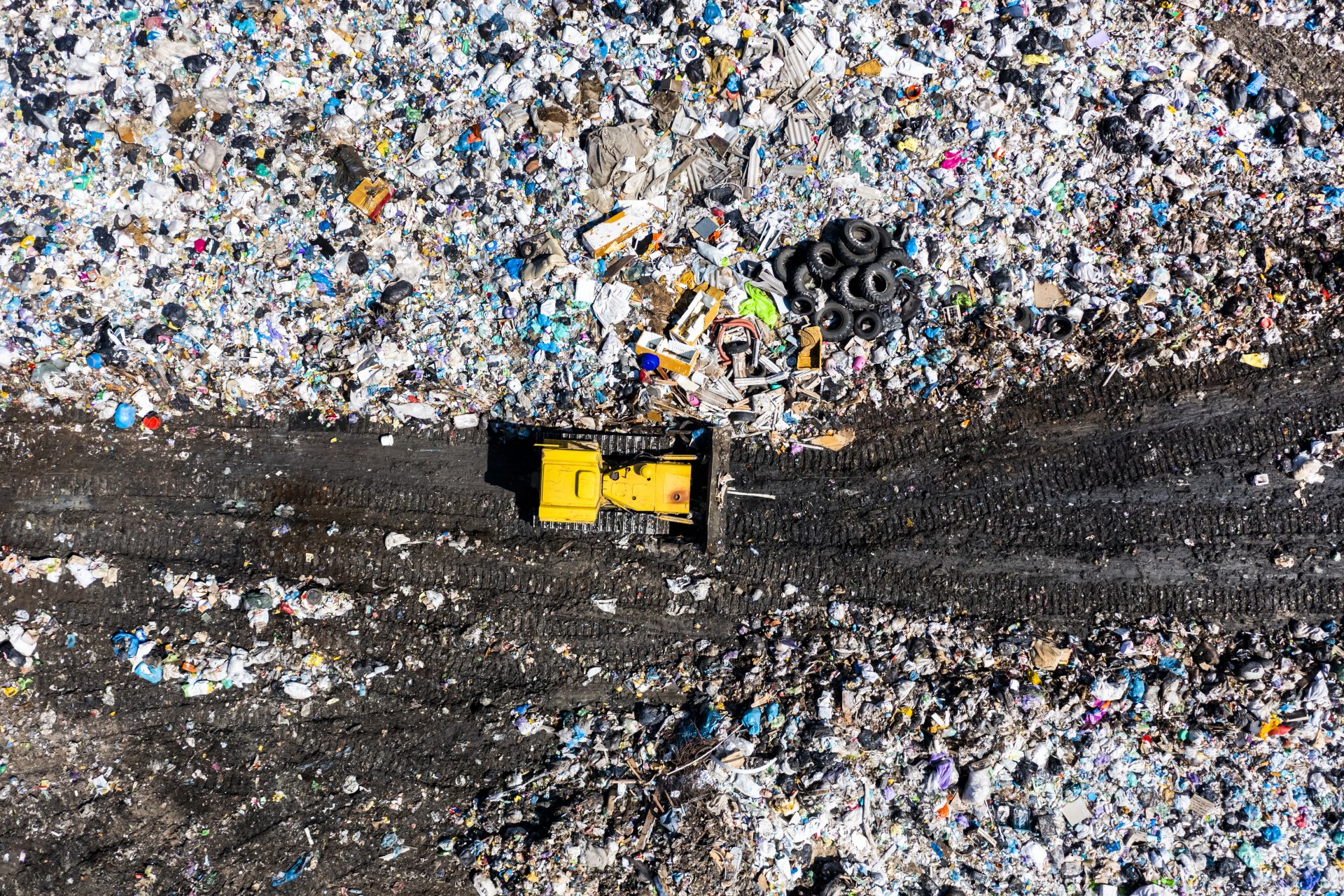Melting of the West Antarctic Ice Sheet is now unavoidable study finds
Melting in West Antarctica, a region that includes the Doomsday Glacier, may be thawing at a rate that is now past the point of no return according to some of the most recent data on the ice sheet's condition—and this will be extremely bad for our world.
There has been a major loss of ice in West Antarctica in 2023 according to a study published in the journal Nature Climate Change and the effects of the thawing lead researchers to claim that the ice sheet will experience "unavoidable" melting over the rest of the twenty-first century.
"Unfortunately, it’s not great news," Kaitlin Naughten—a British Arctic Survey researcher, co-author of the study, and expert on the West Antarctica ice shelf— explained to journalists in October according to a report from ABC News.
"Our simulations suggest we are now committed to a rapid increase in the rate of ocean warming and ice shelf melting for the rest of the century." Naughten added.
Both the best and worst-case scenarios modeled by the researchers showed that the world would suffer some form of unavoidable melting and Naughten explained that there was really no difference between the two scenarios.
"It appears that we may have lost control of the West Antarctic ice shelf melting over the 21st century," Naughten told reporters. This could pose a major problem for the world since West Antarctica is home to the Thwaites Glacier, colloquially called the Doomsday Glacier since it would raise global sea levels by ten feet if it ever melted.
Other bad news about the Doomsday Glacier was already reported earlier in 2023 when two separate studies warned that the world was reaching a tipping point concerning the speed at which the Doomsday Glacier was melting. It was found to be melting much faster than previously predicted, but there had been other worrying signs for over a decade.
“Thwaites is the one spot in Antarctica that has the potential to dump an enormous amount of water into the ocean over the next decades,” Pennsylvania State University’s Sridhar Anandakrishnan told Mashable in 2021.
Photo by Twitter @PSUEarth
Anandakrishnan is a Professor of Glaciology and glacial seismologist who specializes in the study of how Antarctica and Greenland’s ice sheets respond to the challenges of climate change and he has studied the Thwaites Glacier for over a decade.
Photo by Twitter @PSUEarth
In 2010, Anandakrishnan had already recognized that the Thwaites Glacier was melting in a way that was no longer balanced out by its growth during the winter.
“Until recently, the mass loss from the Thwaites Glacier through melting and calving was balanced by the amount of snowfall on the glacier surface, Anandakrishnan told Science Poles’ Jean de Pomereu in a 2010 interview.
“In other words, the amount of water that the glacier removed from the ocean and added to the ocean came to a net figure of zero,” the Professor of Glaciology continued.
“However… over the last few decades, that balance has been shifted so that now the amount of mass lost from melting and calving is greater than the amount of mass that is being added,” the professor told de Pomereu.
Anandakrishnan added that the Doomsday Glacier was losing its volume, which was leading to a rise in the world sea levels. But not even Anandakrishnan could have predicted just how bad the situation would get by 2023…
Two studies published in the journal Nature on February 15th revealed that the Doomsday Glacier was melting faster than previously thought due to the development of deep cracks in the ice that kicked the Thwaites' thawing into overdrive.
“Our results demonstrate that the canonical model of ice-shelf basal melting used to generate sea-level projections cannot reproduce observed melt rates beneath this critically important glacier,” the authors of one of the studies concluded.
“Thwaites may have already entered a state of rapid and irreversible ice loss,” the authors added, “and its complete collapse within centuries would contribute 65 cm to the global sea level.” But that wasn't the worst of it.
According to Laura Paddason of CNN, even a two-foot rise in global sea levels—which is equal to 70 centimeters—would be “enough to devastate coastal communities around the world.” But again, things would get even worse if the Thwaites Glacier collapsed.
“The Thwaites is also acting like a natural dam to the surrounding ice in West Antarctica,” Paddison wrote, “and scientists have estimated global sea level could ultimately rise around 10 feet if the Thwaites collapsed.”
“While it could take hundreds or thousands of years,” Paddison added, “the ice shelf could disintegrate much sooner, triggering a retreat of the glacier which is both unstable and potentially irreversible.”
More for you
Top Stories



